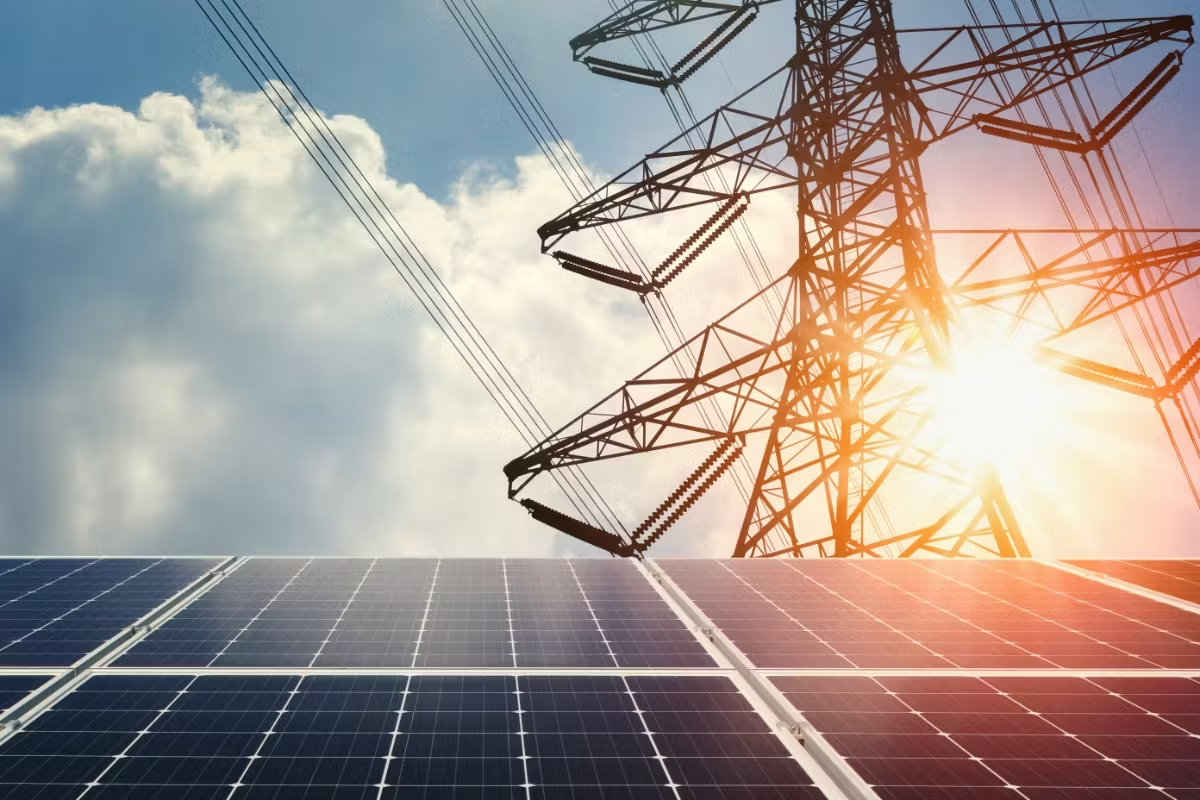Let’s be real — most of us don’t spend a single second thinking about where our electricity actually comes from… until the bill lands in our inbox and we blink like, “Wait. That can’t be right.”
Or maybe it’s during a storm when the lights flicker and everything in the house goes quiet for a second. That’s usually the moment the U.S. energy grid suddenly becomes very real.
It’s not something people talk about at dinner tables, but it’s quietly holding everything together behind the scenes. And honestly? It’s not as complicated as it sounds once you peel it back.
So What Exactly Is the U.S. Energy Grid?
Okay, imagine a giant web — like a spider web but way less creepy — stretched out across the entire country. That’s basically the U.S. energy grid.
It’s often called “the biggest machine in the world.” And honestly, that’s kind of accurate. It connects power plants, substations, neighborhoods, and a whole lot of cables you’ll probably never see.
The grid’s split into three big zones:
- Eastern Interconnection
- Western Interconnection
- ERCOT (yep, Texas does its own thing)
They’re tied together, but each one plays by its own rules. That’s good when things are stable, but when something breaks or demand spikes somewhere, the ripple can be felt far away.
How Power Gets to You (The Not-Boring Version)
Let’s keep this simple. Here’s how your electricity travels before it powers your coffee maker:
- Generation: It gets made at a power plant — could be coal, wind, solar, nuclear, whatever’s running that day.
- Transmission: That power flies through those big power lines you see along highways.
- Distribution: Local substations step the voltage down so it doesn’t blow up your appliances.
- Consumption: You hit the switch. Light. Warmth. Wi-Fi. Magic.
You never see any of this happen — it’s like Uber Eats but for electrons. Fast and invisible.
Why Your Bill Keeps Creeping Up (Even When You Didn’t Do Anything)
Ever looked at your bill and thought, “But… I didn’t even run the AC that much this month”? Yeah. You’re not imagining things.
There are a few usual culprits:
- Fuel prices yo-yoing up and down.
- Infrastructure that’s, well, old and expensive to maintain.
- Weather going wild and stressing everything.
- And all of us plugging in more and more gadgets every year.
The kicker? Utilities don’t eat those costs. They pass them on. To… us.
The Grid Isn’t as Unshakable as You’d Think
We all grow up assuming the lights will always come on when we flip the switch. But the grid? It’s not bulletproof.
Remember the Texas winter storm in 2021? Or that massive 2003 blackout? Those weren’t just “oops” moments — they were neon warning signs.
When demand shoots up or something knocks the system off balance, it doesn’t take much for rolling blackouts or overnight price spikes to hit. And depending on the season, that can get scary fast.
No surprise people are starting to ask, “Do I really have to rely on this thing 100%?”
Why Solar Power’s Stealing the Spotlight
Here’s the thing: solar isn’t just for tree huggers anymore. It’s for anyone who’s tired of feeling powerless (literally and figuratively).
With solar panels — and a decent battery system — you can make your own energy during the day and store it for later. When the grid goes down, your house doesn’t have to. When prices go up, yours don’t have to follow.
It’s like moving from renting to owning… but with electricity.
How Solar Hooks Into the U.S. Energy Grid
When your panels make more energy than you’re using, that extra juice doesn’t just disappear. It flows back into the U.S. energy grid — a little something called net metering.
And depending on where you live, you can actually get credits for that. So on cloudy days or at night, you pull from the grid using the energy credits you already banked. It’s kind of like a power savings account.
A Bunch of Little Power Stations
For decades, electricity only flowed one way — power plant ➝ you. Now? More and more people are flipping that script.
This new wave is called distributed generation. Basically, homes are turning into mini power stations. And it’s not just a fad.
The U.S. Energy Information Administration said over half of new energy capacity added in 2023 was solar. That’s huge. It means regular people are stepping into the game.
Why People Are Actually Doing It
People don’t switch to solar just because it sounds cool. They do it because it’s smart.
- 💰 They want lower bills.
- 🔋 They want more control when the grid gets shaky.
- 🌱 They like cutting their carbon footprint.
- 🏡 And yeah — boosting home value doesn’t hurt either.
Plus, with incentives and rebates, it’s not just for the “rich” anymore. A lot of middle-class homeowners are making the move.
A Bit of a Safety Net for the Future
The U.S. energy grid isn’t getting any younger. The weather’s getting weirder. Demand isn’t slowing down.
That’s why so many families are choosing solar + battery backup — not to cut themselves off entirely, but to build a cushion. A “just in case” plan.
Even partial energy independence can make a storm or a price spike a whole lot less scary.
Wrapping It Up: The Future’s Kind of U.S. Energy Grid
The U.S. energy grid has been running the show for over a century. But the next chapter? It’s a team effort.
The grid stays, but solar steps in to make it smarter, more stable, and — let’s be honest — a little less painful on the wallet.
So yeah, next time you stare at that bill thinking, “There’s got to be a better way,” …there actually is. And a lot of folks have already taken the leap.


